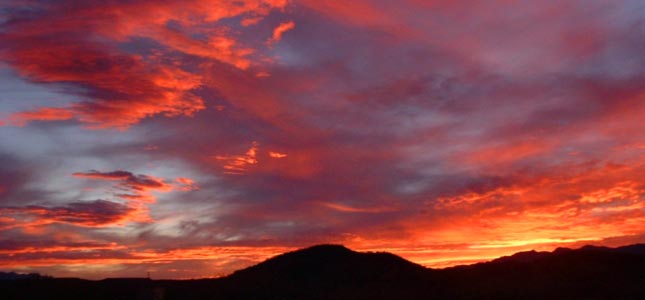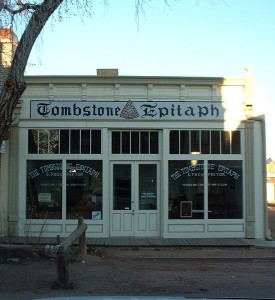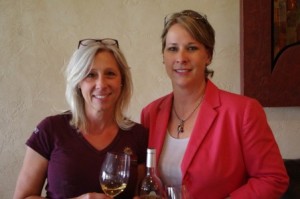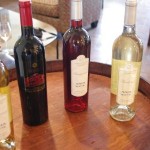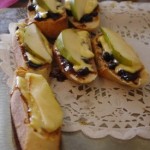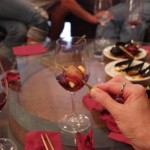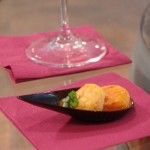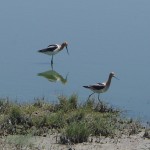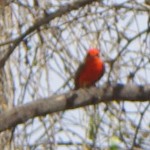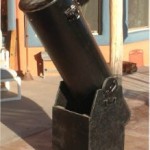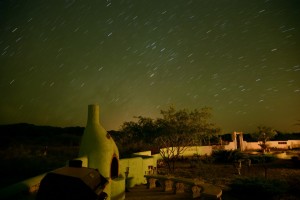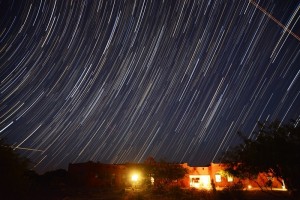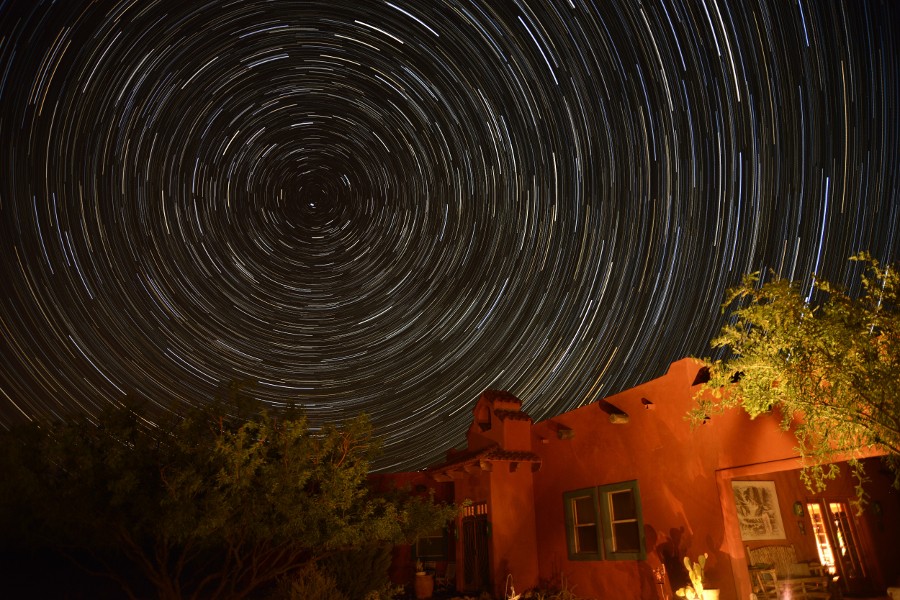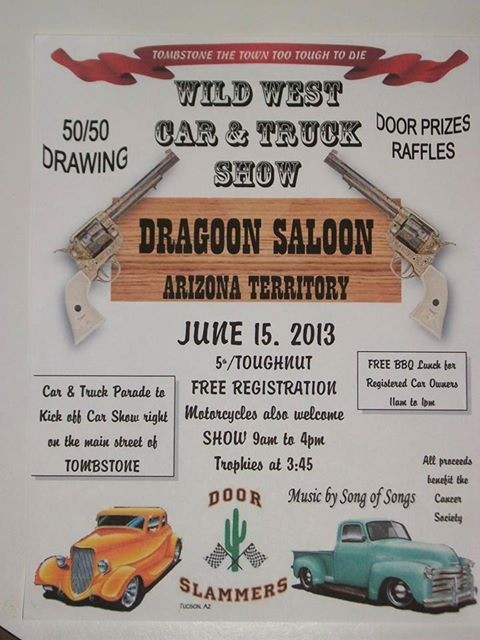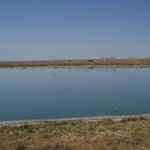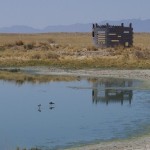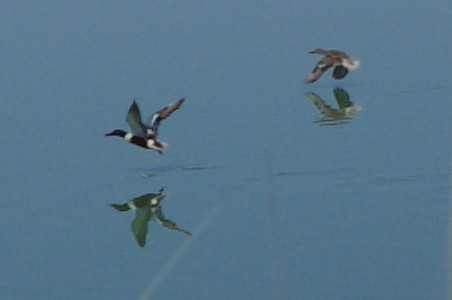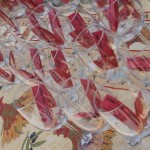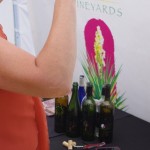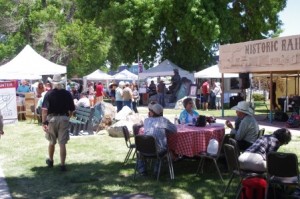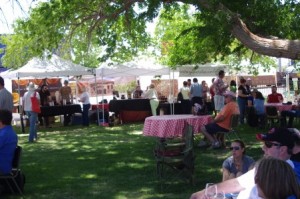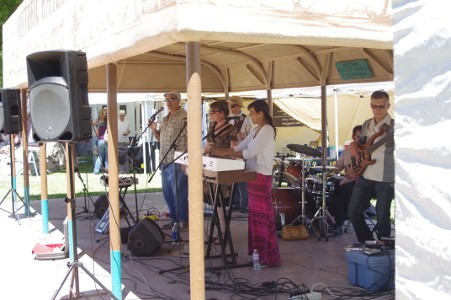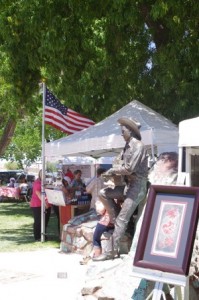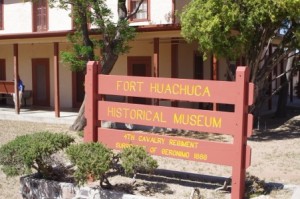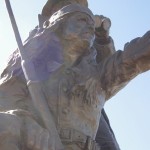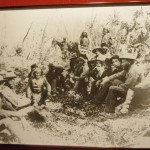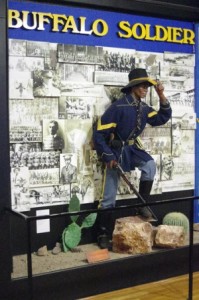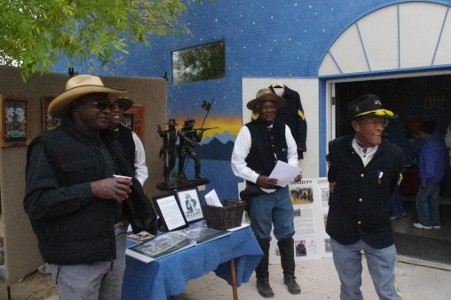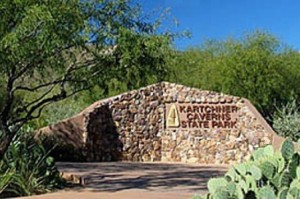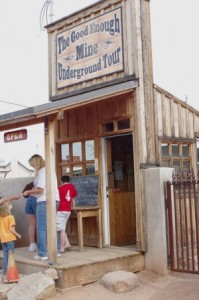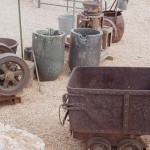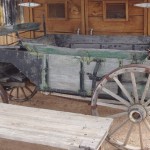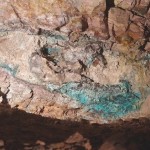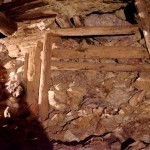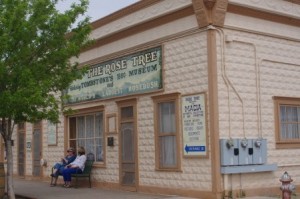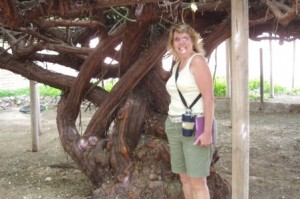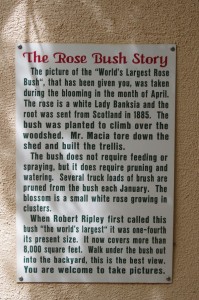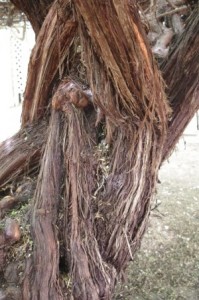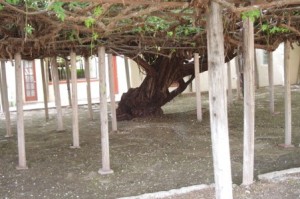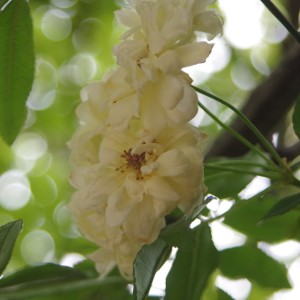Being a b and b near the wineries in southeastern Arizona has its advantages. Since we are a centrally located Southeastern Arizona B & B, our guest have easy access to both the Sonoita and Willcox wineries while lodging at one location. There have been wineries in Southeastern Arizona have for decades and they provide some excellent wines. These wines are on par with many wines from the larger wine producing areas of the country. With new wineries starting up every year there are many different styles to choose from. Most if not all, the wineries in Arizona have their membership clubs which give their members discounts and allow them special access during private events. This may include a special pairings dinner, possibly a barrel tasting or it may be to let members taste a new release before it is introduced to the public.
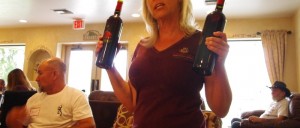
A description of the wine is given to let you know what to expect of the sample that you are given to taste.
Club membership privileges varies among the wineries but usually it allows the member free tastings and discounts on wine purchases. Generally the signup is free but there is a requirement that you purchase wine from the winery at designated times during the year. The purchases are generally within a price range and quantity that is agreed upon when you sign up for the club. Shipping can be done from the winery to your home of office or you can pick it up at the winery. This allows you to enjoy the wine and have it shipped to you, without going to the winery.
On the 28th of June, Coronado Winery had a wine release party for all the club members. Angie and I were invited to the event. That night we didn’t have any guests so we decided to attend the evening festivities. When we arrived we were greeted by Jacque Cook, the owner of Coronado Winery. We first met Jacque a week after she had opened Coronado’s tasting room but we hadn’t seen her for a while. It was good to renew old acquaintances again. Behind the scenes Terry, the manager of the tasting room, was in the kitchen making sure all the food was prepared to perfection.
We arrived just as the club event started and took a seat in the dining room on one of the comfortable overstuffed couches. Coronado was featuring 4 new wines which are being released to the public after the 4th of July. Two wines were whites; one a crisp Chardonnay and the other was a dry Riesling. Both went well with the food pairing of bruschetta topped with a fig jam, brie cheese and a slice of pear.
This combination was very tasty and we think that it is something we can offer to our guests when we have our New Years Eve Party this year. The other two wines were Two Heads Red, a blend, and a Sangiovese. Both of these went well with the spicy shrimp and the stuffed dates wrapped in bacon.

When attending one of the club meetings sit back and enjoy the view, the ambiance and the people that you meet.
The best part of a club event is being able to meet other people that enjoy the ambiance, food and wine. We made connections with some people from Safford that we had met at the Grape Stomp last year. We had a good time catching up on things and meeting other people that had decided to come to the club event. We even had time to tell them about Down By The River, our b and b near the wineries. These events are always good for networking and distributing to potential guests our brochures and business cards. We get to talk up our centralized location in Cochise County and even had a few new acquaintances give us “Likes” on our Facebook page. We let them know that we do post offers for special events at our B and B on Facebook.
So when you go wine tasting, take a look at the wineries that you like and evaluate the idea of becoming a club member. There are advantages with membership that the normal wine taster doesn’t have and each winery is different. As for our B and B near the wineries, there are many events which are scheduled in the area besides the winery events. Many of these county events are free to the public and we post them on our website events page – so check that out. We try to keep the events in our general area up to date at least 2 to 3 months in advance. This allows our guests the ability to plan their trips to Cochise County during times that events happen. For those of you that live out of the area and are in need of lodging, consider Down By The River B and B near the wineries. We are “The Lodging Hub of Cochise County”. After you do wine tasting in Southeastern Arizona, it is nice to relax on the patio at our San Pedro River B and B and watch the sunset. You may also use the barbeque as you sample some wine that you purchased at one of the wineries in this part of Southeastern Arizona.
Cheers!

